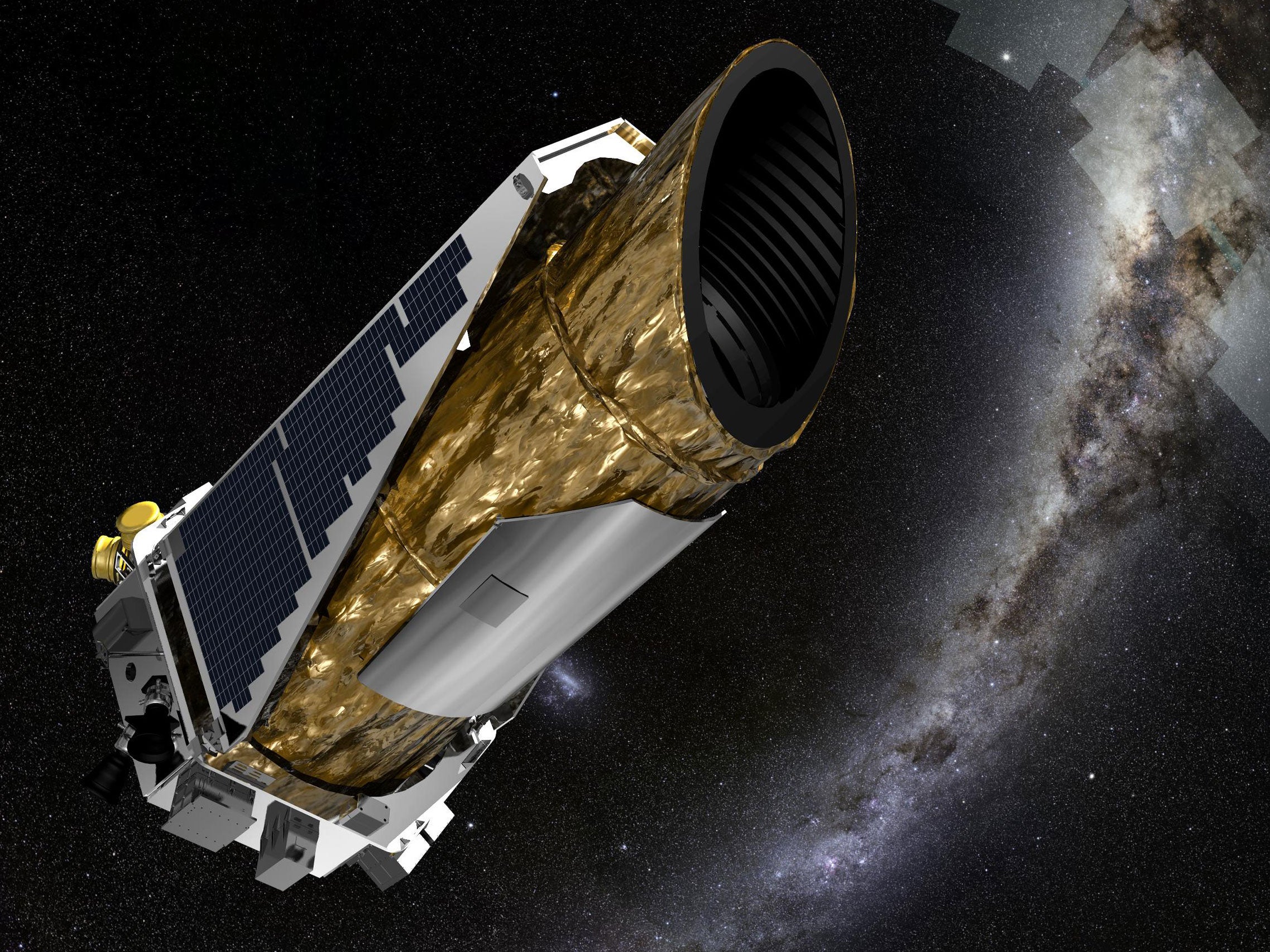Kepler space telescope comes out of 'emergency mode', rescuing one of humanity's most important spacecraft
Engineers still aren't sure what happened to the telescope

Your support helps us to tell the story
From reproductive rights to climate change to Big Tech, The Independent is on the ground when the story is developing. Whether it's investigating the financials of Elon Musk's pro-Trump PAC or producing our latest documentary, 'The A Word', which shines a light on the American women fighting for reproductive rights, we know how important it is to parse out the facts from the messaging.
At such a critical moment in US history, we need reporters on the ground. Your donation allows us to keep sending journalists to speak to both sides of the story.
The Independent is trusted by Americans across the entire political spectrum. And unlike many other quality news outlets, we choose not to lock Americans out of our reporting and analysis with paywalls. We believe quality journalism should be available to everyone, paid for by those who can afford it.
Your support makes all the difference.The Kepler spacecraft has been brought back from its crisis, when some had worried that the important telescope might never return.
The telescope — one of humanity’s most important — has been stabilised and has moved out of the “emergency mode” that it has been stuck in for days, Nasa said.
The spacecraft has been responsible for finding thousands of planets outside of our own solar system. Some of those could eventually turn out to be other Earths, capable of hosting life.
But Kepler almost died itself, and engineers still don’t know what happened. They expect to receive more information to find out why the craft slipped into emergency mode and whether it is safe enough to get back to its normal work.
Kepler ran into trouble when it was due to be pointed towards the Milky Way to look out for planets. That would have seen it team up with other observatories on the Earth to do new research into our own galaxy.
The issues were far from Kepler’s first. Controllers have been working to keep the spacecraft online since its mission officially ended in 2012, but it suffers repeated breakdowns.
But the new problems were the first time that Kepler had suffered an emergency of this kind.
"It was the quick response and determination of the engineers throughout the weekend that led to the recovery," Mission manager Charlie Sobeck said in a statement from NASA's Ames Research Center in Mountain View, California. "We are deeply appreciative of their efforts, and for the outpouring of support from the mission's fans and followers from around the world."
Already, Kepler has detected nearly 5,000 exoplanets and more than 1,000 of them confirmed. It completed its primary mission in 2012 and since then has been working on an extended mission called K2.
Join our commenting forum
Join thought-provoking conversations, follow other Independent readers and see their replies
Comments